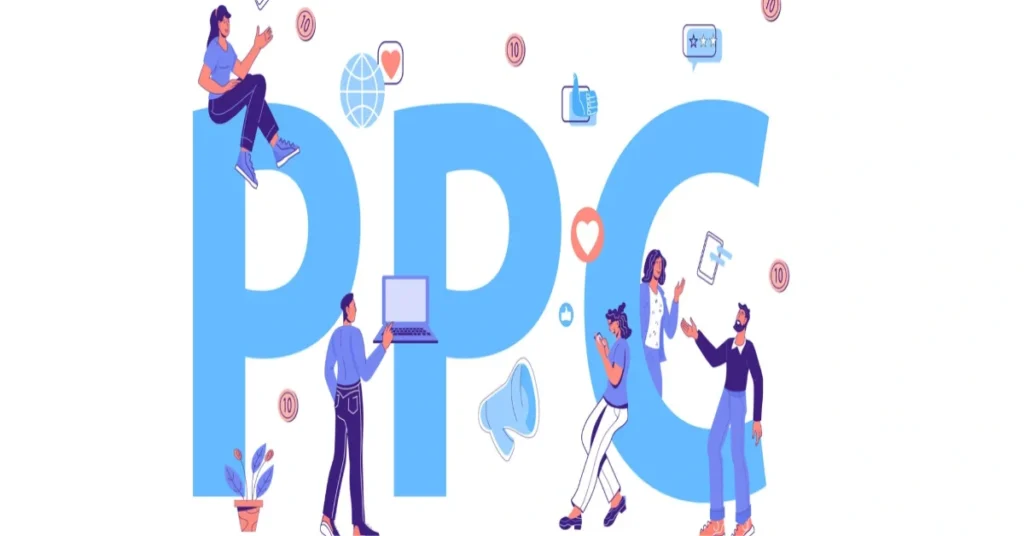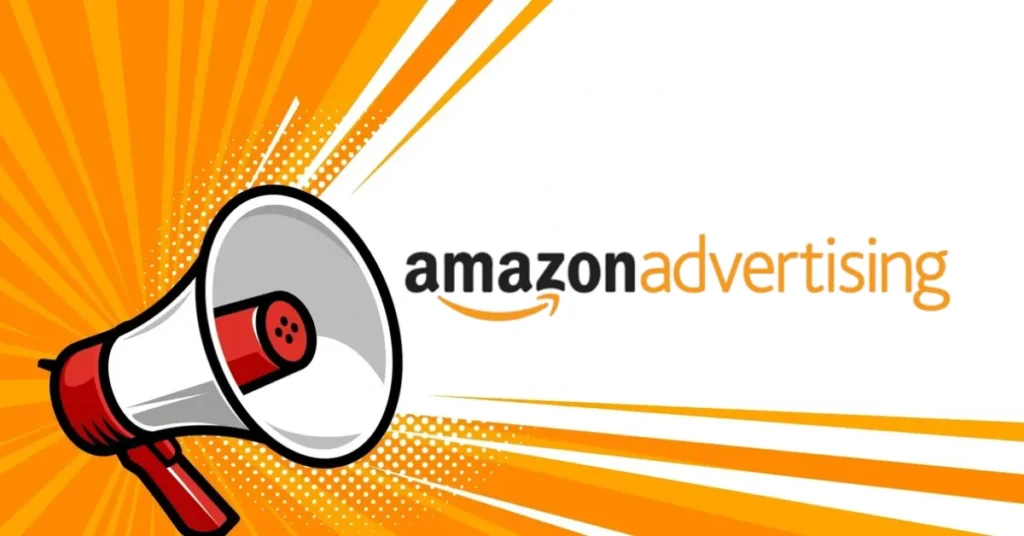Key Takeaways:
- Google Ads costs show significant variation across industries in the United States.
- Highly competitive sectors like legal and finance often face the highest CPCs.
- Understanding industry-specific benchmarks aids in budget planning.
- Location-based targeting combined with industry insights optimizes ad spend.
- Quality Score remains crucial for lowering costs across all industries.
- Mobile optimization impacts cost-effectiveness, especially for local searches.
- Conversion tracking by industry reveals true advertising ROI.
- Strategic keyword selection within each industry affects overall costs.
- Seasonality within specific industries influences advertising expenses.
- Continuous monitoring and adjustment are vital for cost efficiency.
Google Advertising Costs in the USA: An Industry-Specific Breakdown
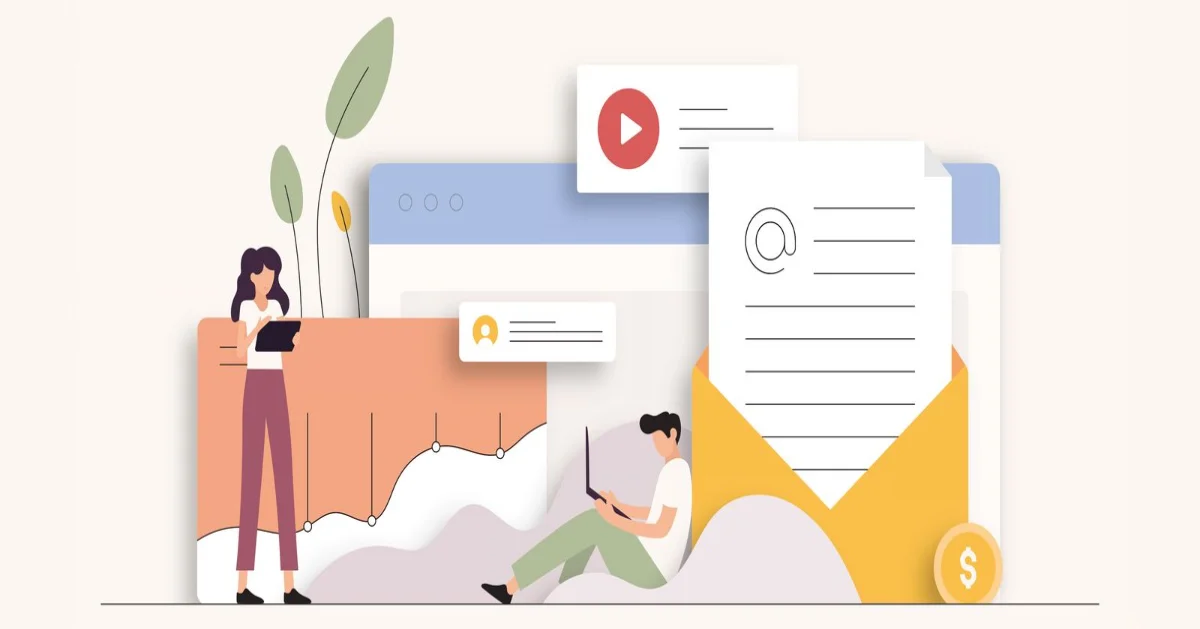
Considering Google Ads to grow your business in the United States? It’s a powerful tool, yet many businesses find navigating its costs a challenge.
While location plays a vital role, the industry you operate in significantly impacts your advertising expenses.
This comprehensive article breaks down Google Ads costs across various sectors in the US.
I’ll explore approximate costs, the factors driving these figures, and offer strategies to optimize your ad spend within your specific industry.
Statista Research Department. (2025, May 12). Digital advertising spending in the U.S. 2021-2029. Statista. Retrieved May 18, 2025, from here.
Understanding these nuances empowers you to create effective campaigns and achieve a strong return on your investment.
The Core of Google Ads Pricing: Relevance to Your Industry

As we discussed earlier, Google Ads functions on a pay-per-click (PPC) model. You bid on keywords relevant to your business, and you pay only when someone clicks your ad.
The auction system considers your bid, the quality of your ad, and the expected impact of your ad extensions to determine ad placement.
- PPC and Industry: The value of a click differs greatly by industry. A click leading to a potential high-value legal case is worth more to a law firm than a click on a generic clothing item to an apparel retailer.
- Competition by Sector: Industries with high profit margins or intense competition often see higher CPCs. Many businesses are willing to pay more to acquire customers in these lucrative sectors.
Key metrics provide insights into your campaign performance. Cost Per Click (CPC) shows the average price you pay for each click.
Cost Per Acquisition (CPA) indicates the cost of acquiring a new customer. Return on Ad Spend (ROAS) measures the revenue generated for every dollar spent on ads.
These metrics are crucial for evaluating the efficiency of your Google Ads campaigns within your industry.
Several elements influence your Google Ads costs. Keyword competitiveness remains paramount. Highly sought-after keywords in competitive industries command higher bids.
Your Quality Score, a measure of your ad’s relevance and landing page experience, directly impacts your costs. A higher Quality Score can lead to lower CPCs.
Location targeting refines your audience but also interacts with industry competition within that area. Bidding strategies dictate how Google bids on your behalf to achieve your goals.
Google Ads help article: bid strategy based on your goals, clearly states that the various goals for your business needs, such as conversion, CPC, visibility, and views
Different ad formats, like Shopping Ads for e-commerce or Lead Form Ads for service industries, have varying cost structures and effectiveness by sector.
Approximate Google Ads Costs by Industry in the USA (2025)
It’s crucial to understand that these figures are approximate averages. Actual costs can fluctuate based on factors like location, keyword specificity, competition intensity within a sub-niche, and the Quality Score of your ads.
| Broad, software, hardware, IT services; highly competitive for certain terms. | Average CPC (Search Network) | Average CPA (Search Network) | Notes |
|---|---|---|---|
| Legal | $6 – $12+ | $100 – $300+ | Highly competitive; personal injury, DUI often have very high CPCs. |
| Finance & Insurance | $5 – $10+ | $80 – $250+ | Includes insurance, loans, investments; high value per customer. |
| Real Estate | $3 – $8 | $50 – $150+ | Competitive, especially in major metropolitan areas; “homes for sale,” “apartments for rent.” |
| Home Services (Plumbing, HVAC) | $3 – $7 | $40 – $120+ | Often driven by local searches, emergency services can have higher CPCs. |
| Healthcare | $4 – $9 | $70 – $200+ | Broad category; specific niches (e.g., addiction treatment) can be more expensive. |
| E-commerce (Retail) | $1 – $4 | $20 – $80+ | Highly variable based on product type and competition; Shopping Ads CPCs can differ. |
| Travel & Hospitality | $2 – $6 | $30 – $100+ | Seasonal fluctuations are significant; “hotels near me,” “flights to [city].” |
| Education | $2 – $5 | $40 – $100+ | Includes universities, online courses; competition varies by program. |
| Business Services (B2B) | $3 – $7 | $60 – $150+ | Can be niche-specific; “SaaS solutions,” “business consulting.” |
| Technology | $3 – $8 | $50 – $130+ | Broad; software, hardware, IT services; highly competitive for certain terms. |
| Automotive | $2 – $6 | $40 – $100+ | New/used cars, repairs; local dealership competition is a factor. |
| Arts & Entertainment | $1 – $4 | $20 – $60+ | Events, museums, and theaters often targets local audiences. |
| Food & Beverage | $1 – $3 | $15 – $50+ | Restaurants, delivery services, and local competition is key. |
Note: Specific costs can vary significantly. Consult industry-specific reports and Google Keyword Planner for more precise estimates.
You’re likely wondering if a $10 daily budget is enough to see real results with Google Ads. While it’s tempting to start small, especially for new businesses or those testing the waters.
The effectiveness of such a limited budget is heavily influenced by several factors we’ve discussed, including your industry’s average Google advertising cost.
In highly competitive sectors like law or finance, where a single click can cost upwards of $10, your entire daily budget might vanish with just one visitor, leaving little room for meaningful traffic or conversions.
Conversely, for very niche markets with low competition and inexpensive keywords, $10 a day might allow you to gather some initial data and potentially see a few clicks.
However, to truly gain traction and gather statistically significant results, understanding the typical cost landscape within your specific industry is crucial before setting your daily spend.
Deep Dive into Industry-Specific Cost Drivers
Why do these cost differences exist? Let’s examine some key drivers:
- Profit Margins and Customer Lifetime Value: Industries with high profit margins per sale or a high customer lifetime value (e.g., legal, finance) can justify higher advertising costs to acquire a new client.
- Competition Intensity: Sectors with many active advertisers vying for the same audience (e.g., e-commerce, real estate in popular areas) naturally experience higher bid prices.
- Search Intent: Keywords with strong commercial intent (users actively looking to buy or hire) tend to be more expensive across most industries. Examples include “best lawyer for car accident” versus “what is a tort.”
- Regulation and Compliance: Some highly regulated industries, like legal and healthcare, may face stricter advertising guidelines, potentially limiting ad inventory and increasing costs.
- Product/Service Value: The inherent value of the product or service influences how much businesses are willing to spend to attract a customer. A new car sale justifies a higher CPA than a $20 clothing item.
- Local vs. National Competition: Industries heavily reliant on local customers (e.g., home services, local restaurants) see cost fluctuations based on local competition intensity.
Strategies for Optimizing Google Ads Spend by Industry
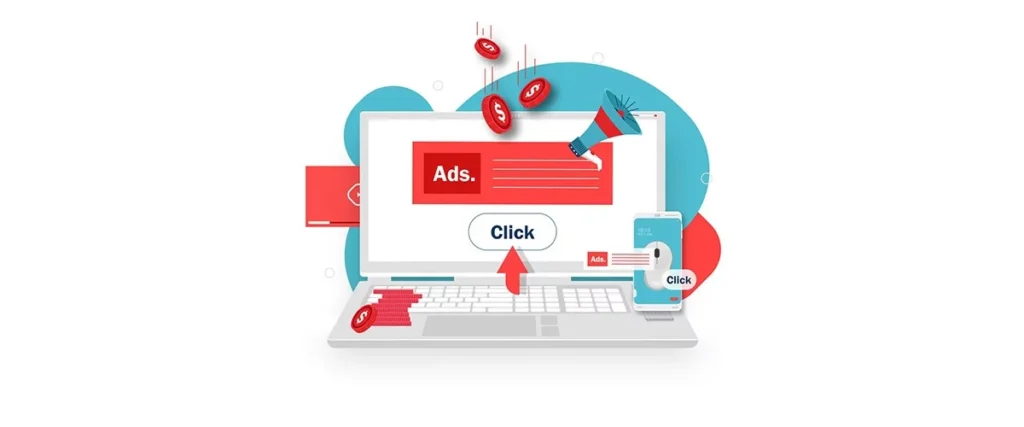
Knowing the approximate costs in your industry is just the first step. Here’s how to optimize your Google Ads budget for better results:
- Strategic Keyword Research: Go beyond broad keywords. Identify long-tail keywords specific to your niche and target audience within your industry. These often have lower competition and higher conversion rates. For a law firm, instead of “lawyer,” try “personal injury attorney free consultation [city].”
- Refine Location Targeting: Combine industry knowledge with precise location targeting. If you’re a local service provider, focus your budget on the specific areas you serve.
- Maximize Quality Score: Ensure your ads are highly relevant to your keywords, and your landing pages provide a seamless and relevant experience. A high Quality Score lowers your CPCs.
- Mobile Optimization: With a significant portion of searches happening on mobile devices, especially for local businesses, ensure your website and landing pages are mobile-friendly. Google prioritizes mobile-optimized sites.
- Ad Scheduling: Analyze when your target audience within your industry is most active online. Use ad scheduling to show your ads during peak times and avoid wasting budget on low-performing hours.
- Conversion Tracking: Implement robust conversion tracking to understand which keywords and campaigns are driving valuable actions (leads, sales, calls) for your specific industry. This allows you to optimize for ROI, not just clicks.
- Remarketing: Re-engage users who have previously interacted with your website. Remarketing campaigns can be cost-effective for nurturing leads and driving conversions within your industry.
- A/B Testing: Continuously test different ad copy, landing pages, and bidding strategies to identify what resonates best with your target audience and delivers the best results for your budget in your industry.
- Explore Different Ad Formats: Experiment with ad formats beyond standard text ads. Shopping Ads are crucial for e-commerce, while Lead Form Ads can be effective for service-based industries to capture leads directly from the search results. Video Ads can be powerful for brand awareness in certain sectors.
The Interplay of Location and Industry Costs
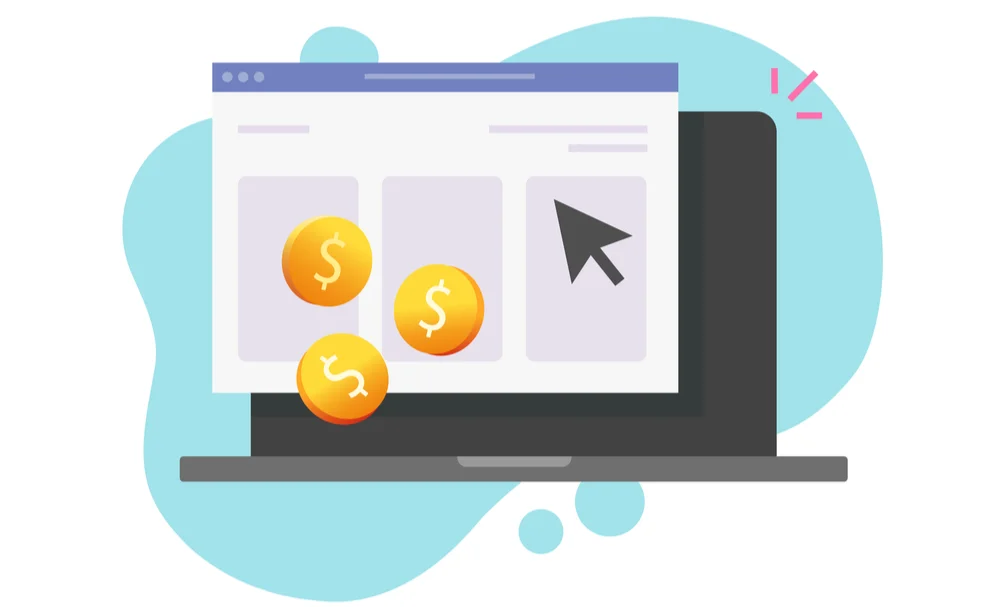
Remember that location and industry costs are not independent. The competitiveness of your industry can vary significantly by location.
For example, the CPC for “real estate lawyer” might be higher in a major metropolitan area with a booming property market than in a smaller town.
When planning your campaigns, consider this intersection. Target specific locations where your industry is both active and potentially less saturated with online advertising to find cost-effective opportunities.
Staying Ahead: Current Trends and Future Outlook
Google Ads is constantly evolving. Several trends are shaping advertising costs across industries:
- Increased Automation: Google’s emphasis on automated bidding strategies and Performance Max campaigns is changing how budgets are managed and optimized. Understanding how these tools perform within your industry is crucial.
- Privacy Changes: Shifts in data privacy regulations are impacting audience targeting and measurement. Advertisers need to adapt their strategies to maintain effectiveness while respecting user privacy.
- AI-Powered Advertising: Artificial intelligence is playing a growing role in ad creation, targeting, and bidding. Staying informed about these advancements can provide a competitive edge in cost efficiency.
- Focus on First-Party Data: As third-party cookies become less reliable, leveraging your customer data for targeting and personalization will become increasingly important for optimizing ad spend within your industry.
Conclusion: Informed Decisions for Industry-Specific Success
Advertising costs on Google Ads in the USA are a dynamic interplay of industry, location, competition, and ad quality.
Understanding the approximate benchmarks for your specific sector and the factors that drive these costs, you can develop more informed and effective advertising strategies.
Focus on strategic keyword research, precise targeting, maximizing your Quality Score, and continuously analyzing your results.
Remember that continuous monitoring and adaptation are essential to achieve a strong return on your Google Ads investment in your unique industry.
Frequently Asked Questions
References
- https://support.google.com/google-ads/answer/2472725?hl=en
- https://business.google.com/us/ad-tools/keyword-planner/
- https://www.statista.com/statistics/242552/digital-advertising-spending-in-the-us/

